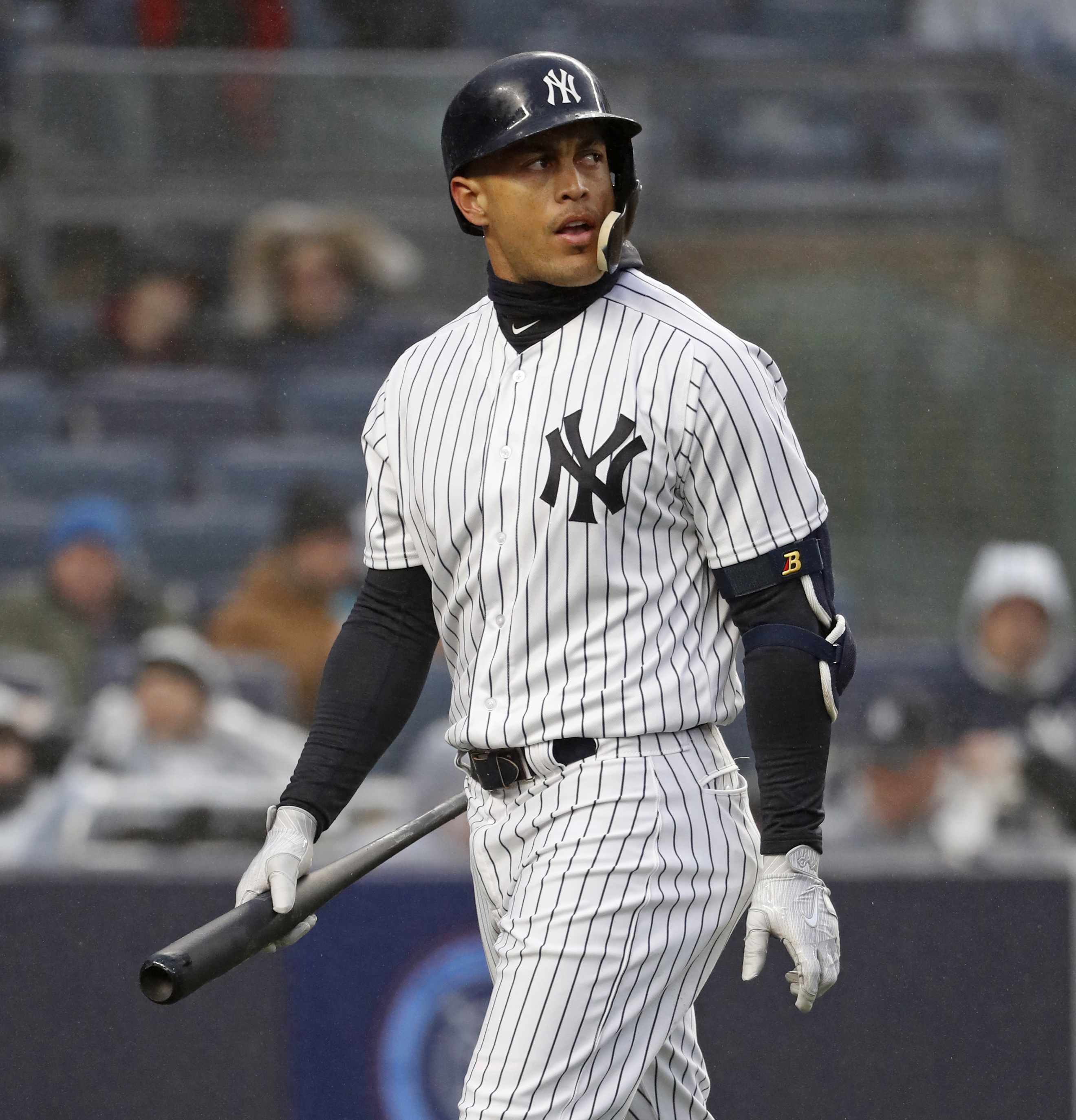
By RONALD BLUM
AP Baseball Writer
NEW YORK (AP) — Baseball had a whiff of offense in the air during a cold and wet April. Strikeouts exceeded hits during a full calendar month for the first time in the sport’s nearly century-and-a-half history, according to the Elias Sports Bureau. Nearly one-third of plate appearances this season have ended without the ball being put in play. “One month is a rather small sample and we are hoping that the phenomenon of strikeouts exceeding hits is an anomaly that will not persist over the course of the season,” baseball Commissioner Rob Manfred said in an email to The Associated Press.
Major League Baseball has increasingly become a game of long balls and long walks — back to the dugout. There were 6,656 strikeouts and 6,360 hits in April, according to Elias. The previous low differential was in April 2017, when there were 138 more hits than strikeouts.
“It’s what’s sexy now,” Cincinnati catcher Tucker Barnhart said. “Home runs are sexy. Strikeouts are sexy. Early ground balls with one strike are not sexy.” Including the first three days of the season in March, 32.8 percent of 32,324 plate appearances this season have ended without a batted ball in play: 7,335 strikeouts, 2,921 walks, 354 hit batters and eight catcher’s interference calls.
“Everyone wants more action, so I can’t probably say it’s good for baseball unless you want to go out there and see pitchers go for 25 strikeouts,” said Minnesota manager Paul Molitor, a Hall of Famer. “I just don’t think that would be the choice day to day for most people to come out and watch.” Home runs dipped slightly from last year’s record level. There were 912 long balls in 419 games through Monday, an average of 2.18, down from 863 in 369 games through the first full month last year, an average of 2.34. Scoring dropped slightly to 8.93 runs per game from 8.96. Strikeouts have set a record for 10 consecutive seasons, and the average of 17.5 per game in April was a major league record for a calendar month, according to Elias.
This year’s rate projects to 42,539 — which would shatter last year’s mark of 40,104. The total was 32,884 in 2008. “I think more specialized use of the bullpen — bullpen arms, bullpen power, bullpen strikeouts,” Colorado manager Bud Black said. “It is not surprising, yet alarming at the same time. I think you will see in time a correction in amateur baseball where putting the ball in play will become more of a priority.” Joe DiMaggio never struck out more than 39 times in a season. Among those who already topped that this season are Yoan Moncada of the Chicago White Sox (47), Carlos Gomez of Tampa Bay (40), and Giancarlo Stanton of the New York Yankees and Yoenis Cespedes of the Mets (43).
“Maybe we’re accepting the strikeout now. We’re accepting it in high school and college and Little League,” said Miami manager Don Mattingly, whose strikeout high was 43. “It’s really different from when I first came up. It was embarrassing to strike out.” San Diego batters lead the majors with 309 strikeouts, and Kansas City and Seattle are tied for the fewest at 200. “Added velocity, data information, really knowing where to attack a hitter in the zone, really presents a big hole unless you’re exceptionally talented,” Chicago Cubs manager Joe Maddon said. Just 11 teams have more hits than strikeouts, and Boston has the top differential (270 hits and 214 strikeouts). The Padres, with 235 hits, have the worst.
“I noticed last year, a lot of teams we played, it looked like they were trying to do one thing and that’s hit it in the seats, and strikeouts didn’t matter,” Atlanta manager Brian Snitker said. Shifts have encouraged long balls as players try to avoid ground ball outs. There have been 6,060 shifts observed on balls in play this year, according to Baseball Info Solutions. That puts the major leagues on pace for 35,145 shifts, up 31 percent from last season’s 26,705 and well above the record 28,130 in 2016. “It’s proven that the highest slugging percentage and the highest average comes from a ball that’s pulled in the air,” said the Mets’ Jay Bruce, who frequently faces three infielders on the right side.
“You have to listen to the game and what it’s telling you and the data.” Is the decrease in balls in play impacting ticket sales? Cold weather and teams in rebuilding cycles also are likely factors. Attendance is down 9.1 percent to an average of 26,867 from last year’s 29,654 through April. Among teams with drops are Miami (to 11,892 from 24,996), Pittsburgh (13,839 from 23,566), the Chicago White Sox (15,252 from 20,674), Cleveland (16,406 from 20,376), Cincinnati (17,244 from 22,124), Kansas City (17,450 from 27,137), Baltimore (18,409 from 28,430), Detroit (18,907 from 27,939), Philadelphia (25,811 from 31,100), Texas (27,063 from 32,768), the Cubs (35,562 from 39,398) and St. Louis (39,706 from 43,050). Last season’s final average was 30,042. The average has not dropped below 30,000 since 2003 and below 28,000 since 1996.
















